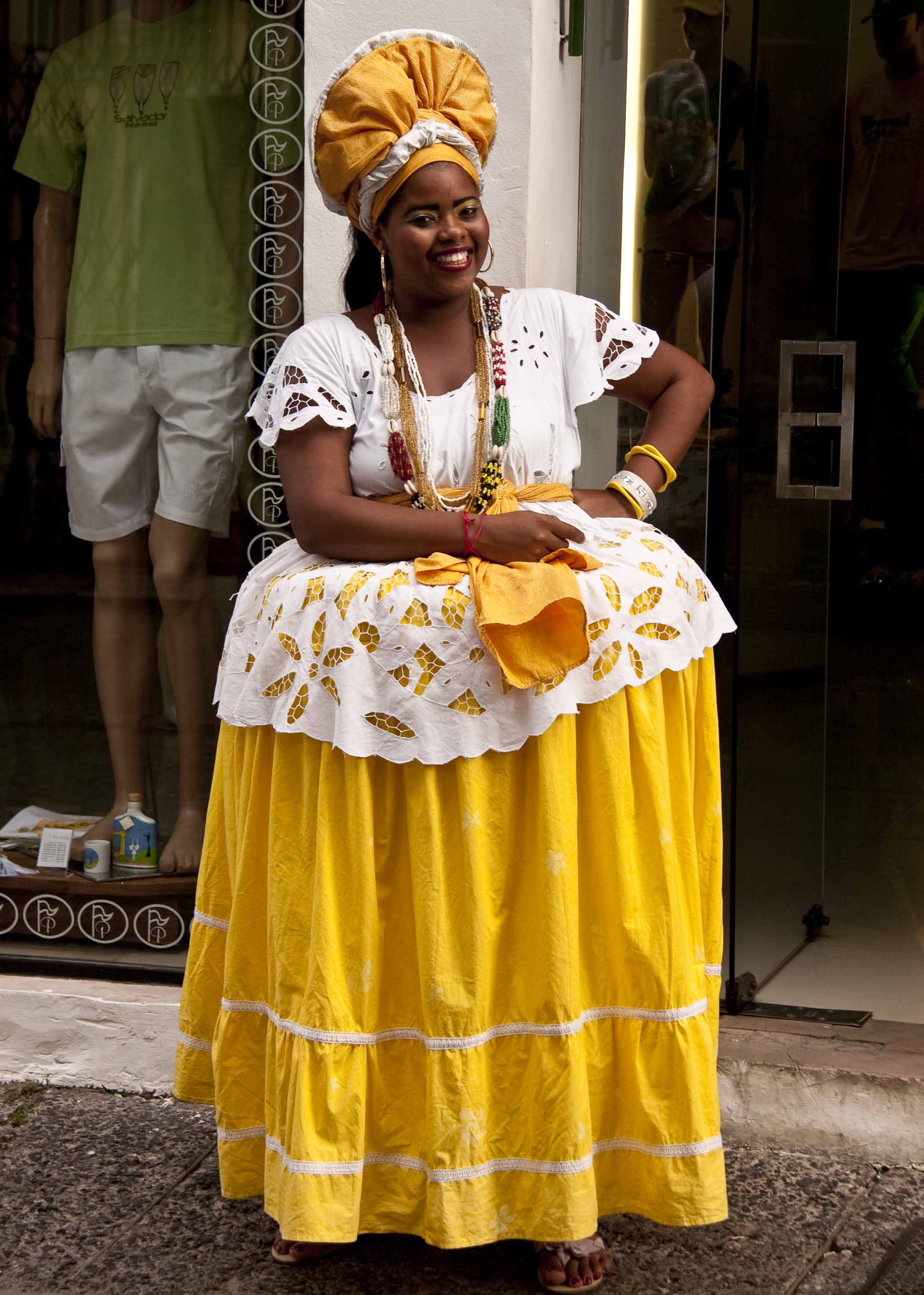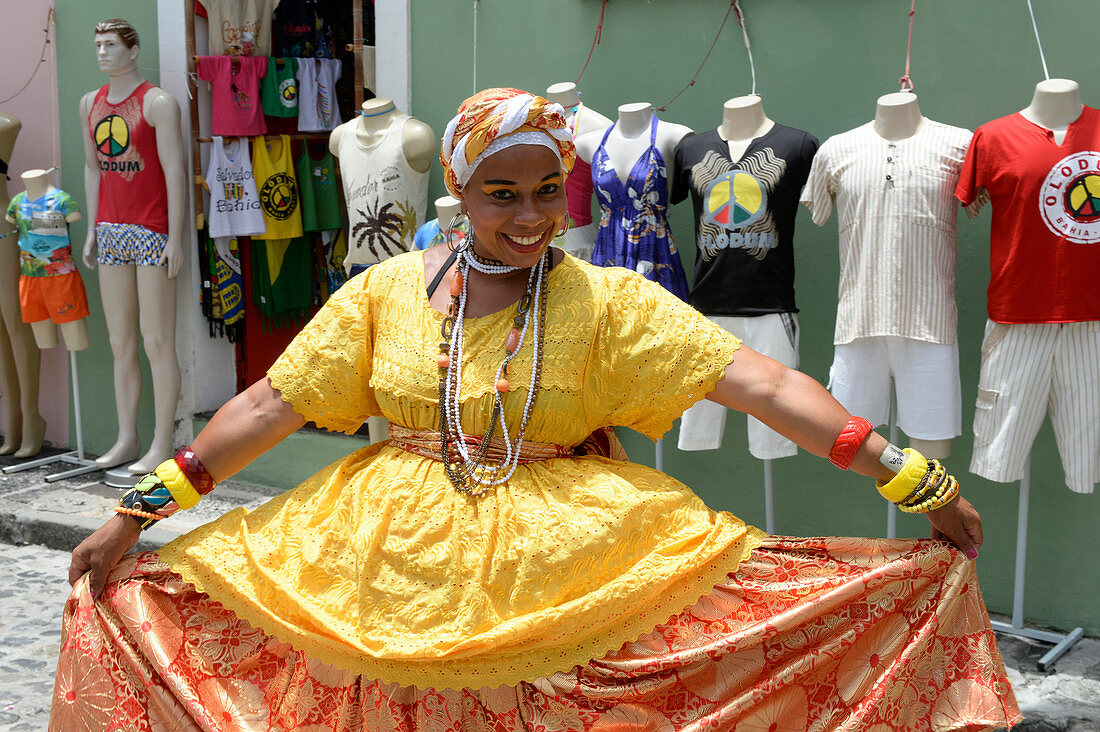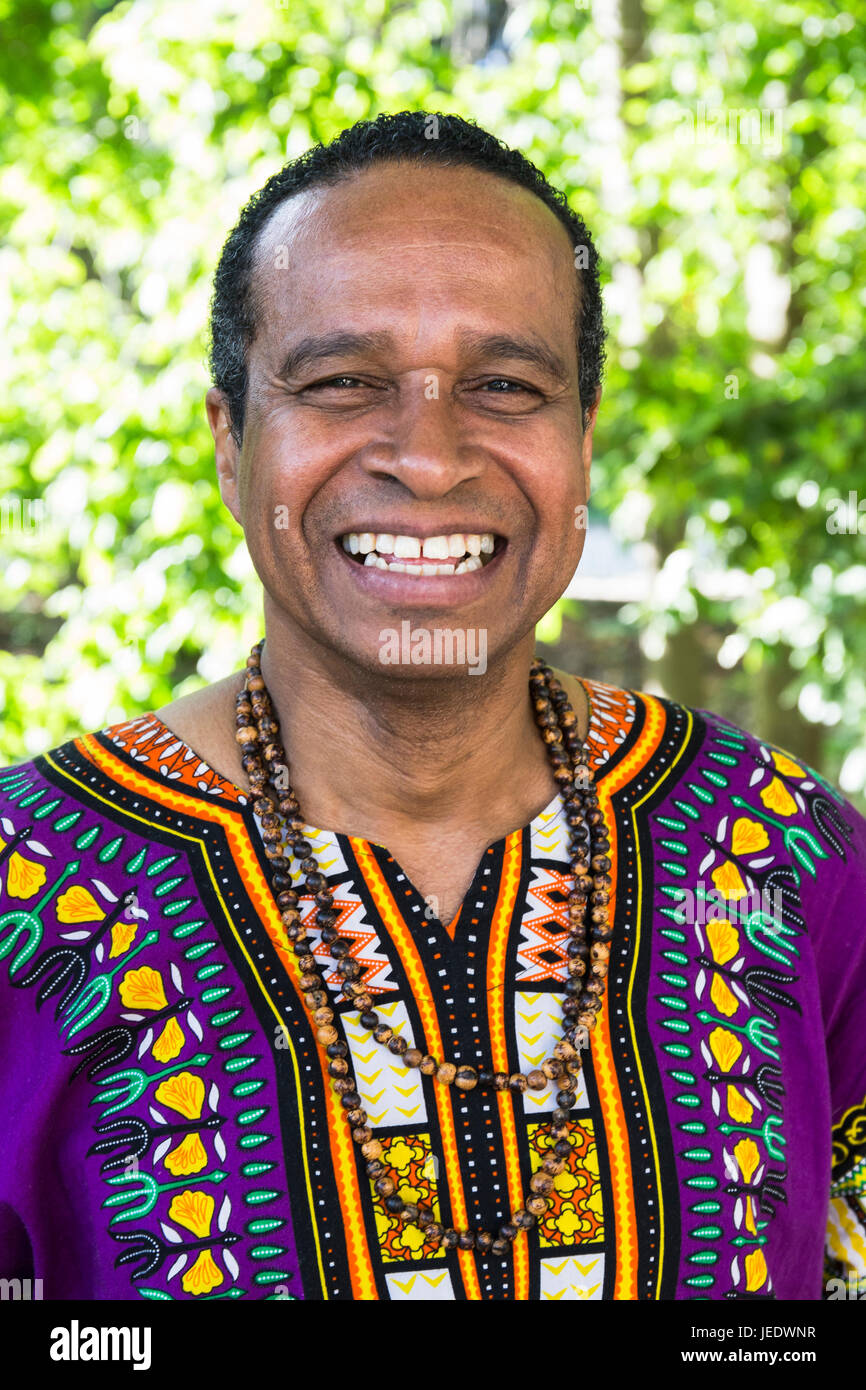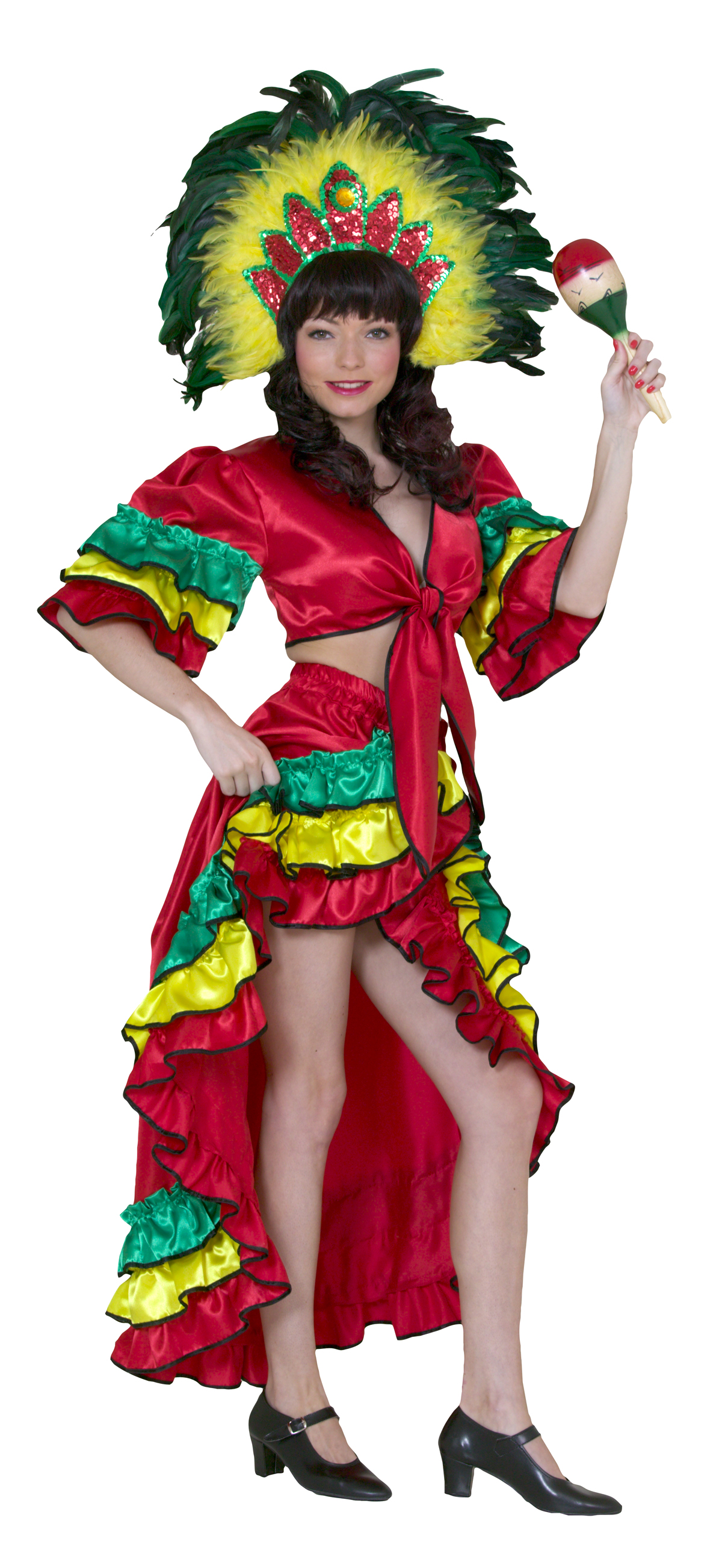
The vibrant traditional dress of the Baianas of Salvador de Bahia, Brazil. be_lavie
In conclusion, traditional clothing in Brazil is a vibrant and integral part of its cultural identity. From the Bahia dress to indigenous attires, these garments showcase the country's diverse influences and heritage. The cultural significance and regional variations of traditional clothing demonstrate the rich tapestry of Brazilian culture.

10 Traditional Brazilian Dances You Should Know About
Home World Facts The Culture and Traditions of Brazil The South American country of Brazil has a unique culture shaped by both European and indigenous influences. Learn more about the culture and traditions of Brazil.
Brazilian Woman Of African Descent Wearing Traditional Clothes Stock Photo Download Image Now
A major part of traditional Brazilian fashion has been hugely influenced by the various races and immigrants from different countries that have melded seamlessly with native culture. How do people dress in Brazil's southern areas, which are populated by a mixture of Italian, Russian and German immigrants.. Clothing for Brazilian Men.

Karabana Mas men Carnival fashion, Caribbean fashion, Brazilian carnival costumes
Brazil has many unique traditions related to New Year's Eve, from wearing white to bring good luck in the following year (some people wear underwear or accessories in red for love and yellow for money) to jumping seven waves on the shoreline for more good luck. Feijoada on a Wednesday Delicious Brazilian feijoada. | © rocharibeiro / Shutterstock

The Fascinating Culture and Customs of Brazil
One of the typical clothes of Brazil that one can identify faster is that of the women of San Salvador de Bahia, the Bahianas. They profess a syncretistic religion called camdomblé and they dress with long wide skirts, hand-embroidered blouses and ornaments such as necklaces and huge earrings.

Women in traditional dress. Salvador da Bahia. Brazil. south americaa Pinterest
Traditionally, Brazilian men have worn loose-fitting pants or shorts, along with a shirt and sandals or shoes. Women's clothing is often more ornate, featuring vibrant colors and intricate embroidery. One traditional dress worn by women in Bahia is the baiana dress, which is made from white cotton and features a wide skirt and off-the-shoulder top.

Brazilian_Culture Brazil culture, World cultures, Brazil
Diverse Clothing Traditional Brazilian clothing is influenced by a combination of different races and immigrants from all over the world. In the southern Brazil, there is a mixture of German, Russian, and Italian immigrants. Whereas in Rio de Janeiro, immigrants from England, Portugal and Africa are predominant.

Carnival Traditional Brazilian Clothing Galandrina
Feijoada - black beans stew with meat, which is considered the national dish of Brazil. Barbecue (churrasco) - southern Brazilian influence. Moqueca - consisting of slow-cooked fish in palm oil and coconut milk, tomatoes, bell peppers, onions, and garlic, topped with cilantro. Acarajá with vatapá - African influence.

Brazil Women Dancing In Salvador De Bahia Traditional Clothes Stock Photo Getty Images
Brazilian Clothing: A Cultural Heritage Brazilian traditional clothing is not just a fashion statement; it is a cultural heritage that has been passed down through generations. These clothes are an important symbol of the country's cultural identity and history.

Brazil Women Dancing In Salvador De Bahia Traditional Clothes Stock Photo Download Image Now
2 Bombachas Bombachas are a type of baggy trousers, originally worn by cowboys. They usually are made out of cotton and are comfortable for riding. Some people also call them gaucho pants from the name "gaucho" given to the native cowboys of South America. They are worn by both men and women.

Traditional dress of Portuguese people in Santos (Brazil) Traditional dresses, Traditional
Traditional Brazilian Clothing Brazil is a true melting pot, and as such there's not one particular type of traditional clothing. In general, Brazilians wear clothing that's comfortable yet richly colored and sophisticated. However, there are some preferred clothing types depending on region.

Baianas Bahia Brazil Brazil clothing, Brazilian people, Brazil traditional dress
Carlos Miele - The designer plays with mixing technology and traditional handcrafted design to create beautiful results, his clothing regularly features traditional Brazilian elements. Alexandre Herchcovitch - Most recognised for his avant-garde designs and diverse prints, his trademark skulls became an icon of Brazilian youths in the nineties.

Brazilian woman wearing traditional … Bild kaufen 71063189 Image Professionals
The regata is for sure one of the main items of Brazil men's clothing. The opposite of the regata would be the blusa de manga comprida. The word manga comprida refers to the length of the sleeve and means long sleeves, they cover the entire arm, usually to keep the person warmer. A camisa is usually described as a more formal shirt.

Baiana dress Brazil Brazilian clothes, Traditional outfits, Brazilians
In general, Brazilian traditional dress is colourful, bright, vibrant, and highly decorated. Fabrics are typical lightweight and breathable due to the high temperatures, although, of course, in cooler mountainous areas heavier fabrics will be preferred.

Brazil Traditional Clothing Men
The Baiana de Acarajé traditional dress is a curious blend of ancient European Baroque; with white lace details and multiple layers, while its vibrant tropical jewellery and headress point to its Afro-Islamic roots. Although these may not be the most practical clothes for Bahia's climate, it's a look the women of Bahia carry well.

Brazilian dress, the sexy traditional costume at
Some of the most iconic styles of traditional Brazilian clothing include the baiana dress, worn by women in Bahia, which features a white blouse, a long skirt, and a colorful headscarf; the Bumba-meu-boi costume, worn by men in the state of Maranhão for the annual festival of the same name, which includes a brightly colored tunic, a hat, and a m.